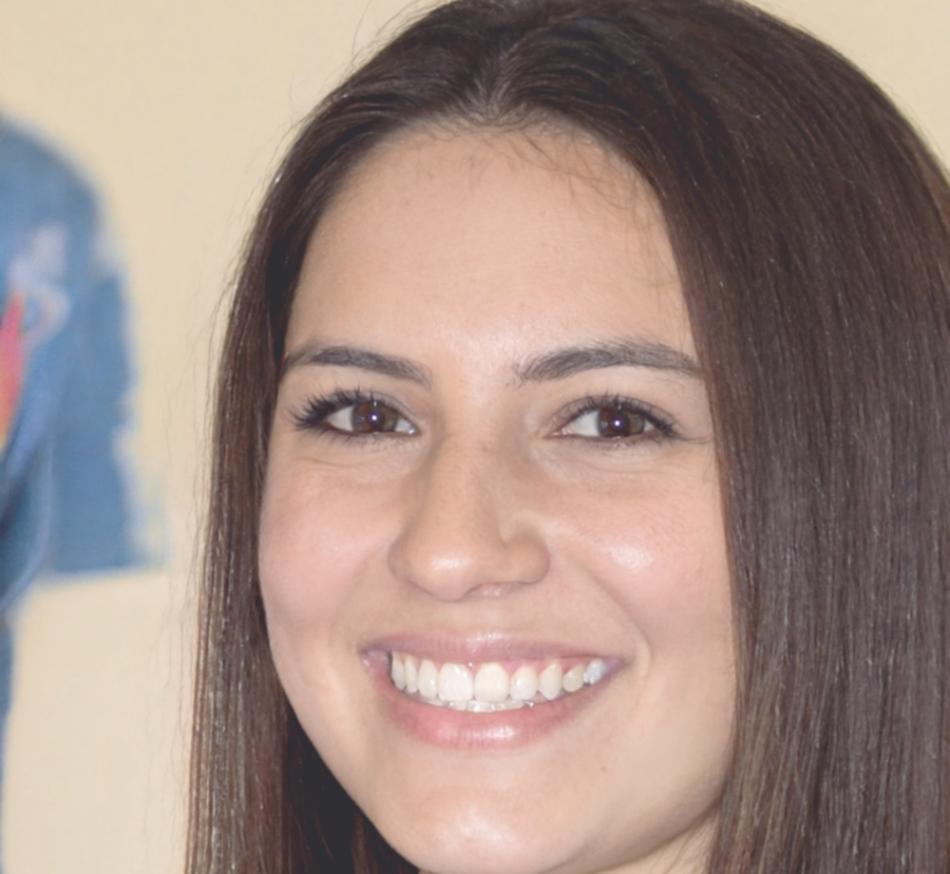Master Color Psychology in Web Design
Discover how color choices influence user behavior, conversion rates, and brand perception. Our comprehensive course blends neuroscience research with practical design applications that actually work in real projects.
Explore Our CurriculumTraditional vs. Evidence-Based Color Design
Most designers rely on intuition and outdated color wheel theories. We teach you scientifically-backed methods that improve user engagement by up to 73%.
Conventional Approach
- Generic color palette generators
- Subjective color preferences
- Basic accessibility compliance
- One-size-fits-all solutions
- Limited cultural consideration
Our Research-Driven Method
- Behavioral psychology principles
- A/B tested color combinations
- Advanced contrast optimization
- Target audience color mapping
- Cross-cultural color analysis
Industry Impact
- Measurable conversion improvements
- Enhanced user experience metrics
- Stronger brand recognition
- Reduced bounce rates
- Increased time on site
Your Learning Journey
Foundation Phase
Start with color perception basics and understand how the human brain processes different wavelengths. You'll learn why certain color combinations feel harmonious while others create visual tension.
Psychology Integration
Dive into emotional color associations and cultural variations. This phase reveals why blue increases trust in financial websites while red triggers urgency in e-commerce.
Practical Application
Apply your knowledge through real website audits and color scheme development. Students typically see immediate improvements in their design work during this hands-on phase.
Advanced Techniques
Master sophisticated concepts like color temperature manipulation, accessibility-first design, and creating emotional user journeys through strategic color transitions.
Common Questions About Color Theory
These questions come up frequently during our information sessions. Understanding these concepts early helps students make the most of their learning experience.
Is color theory different for mobile vs desktop design?
Absolutely. Mobile screens display colors differently due to ambient light conditions and smaller viewing areas. We cover mobile-specific considerations including thumb-friendly color zones and outdoor readability optimization.
How long does it take to see results in real projects?
Most students notice improvements within 2-3 weeks of starting. However, mastering advanced concepts like cross-cultural color psychology typically requires 6-8 months of consistent practice and application.
Do you cover accessibility beyond basic WCAG guidelines?
Yes, we explore cognitive load reduction, color-blind friendly palettes, and designing for users with visual processing differences. Traditional accessibility training often misses these nuanced considerations.
What tools do you recommend for color analysis?
We teach both premium tools like Adobe Color and free alternatives. More importantly, you'll learn manual color evaluation techniques that work regardless of available software.
Meet Your Color Psychology Instructors
Our teaching team combines academic research in visual perception with real-world design experience from major tech companies and agencies.

Zelda Voss
Lead Color Psychology Researcher
Former design researcher at three Fortune 500 companies. Zelda's dissertation on cultural color preferences has influenced design practices across Silicon Valley. She brings 12 years of user testing experience to every lesson.

Nova Sterling
Applied Design Specialist
Nova spent eight years optimizing conversion rates for e-commerce sites through color strategy. Her A/B testing methodologies have generated millions in additional revenue for clients. She teaches our practical application modules.
Ready to Design with Purpose?
Our next cohort begins in September 2025. Class sizes are intentionally small to ensure personalized feedback on your color choices and design decisions.
View Program Details Schedule a Consultation